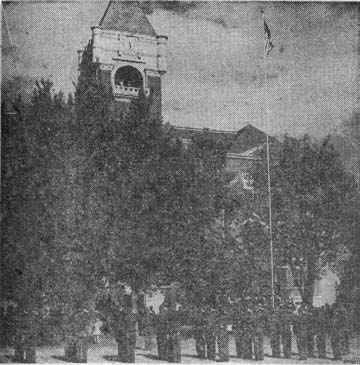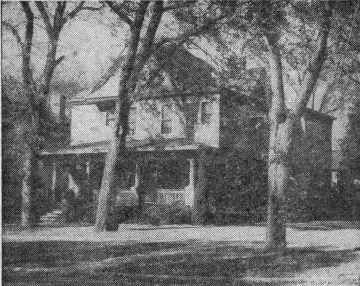
No. 47--Union College
You may have heard that, in case you are absentminded on Saturday, on Sunday morning you can get a loaf of bread or a roast in College View. That is quite true, but such considerations reduce College View to its lowest terms. The fact that most of College View observes its Sabbath on Saturday is the result of a deep religious conviction which set up a college and spread around it a sympathetic community.
Union college (Seventh Day Adventist) has 12 buildings and many interesting features. One of the most interesting is its work program. More than 90 percent of its students, which usually number around 450, pay their way, at least in part, by working on the college farm or in its shops and buildings on the campus.
For the first two-thirds of its lifetime--the college, like Cotner and Wesleyan, was started in the late 80's--the town was made up exclusively of those of the faith. For longer than that--we are not prepared to say definitely whether or not this is still true--much strictness was observed in the life of the students.
The college now has a medical cadet corps (shown in the picture), part of a nationwide program sponsored by the Seventh Day Adventist denomination and operating under the approval of the surgeon general of the U. S. army.
